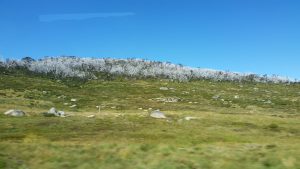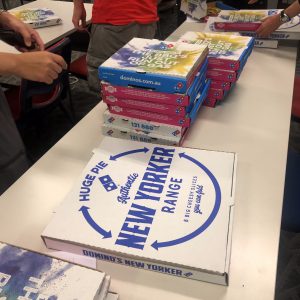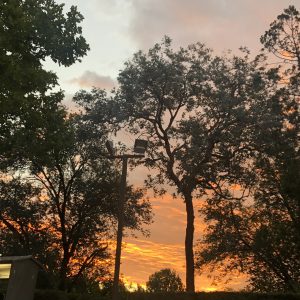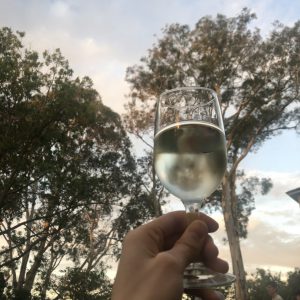General Report of the Australia Field Excursion/ Day 3 (March 1, 2019)
This morning we started our adventure at 8:00am with a road trip to the Snowy Mountains. On the way we learned about the eucalyptus trees in the area which were dying due to beetles. The dryness of the region causes the trees to become more prone to beetle invasion. As the trees die, they sprout new growth from the base of the trunks. This new growth is also quite delicious to the beetles and gets eaten, effectively killing the tree.

Also on the drive we saw scattered rock formations called tors. Tors are emplaced granite around which the cover rock has been eroded. This exposes the granite to chemical and physical weathering processes. They usually stand up to 5 meters tall. Sometimes the stacks of rocks may be affected by frost, destabilize, and collapse, resulting in a trail of blocks.
After a few hours we arrived at the Snowy Mountains. We embarked on the Main Range Track, a 10km hike to Blue Lake and back.

Professor Duanne White described to us the different deposits we saw along the hike. One of these deposits was an ‘outwash deposit’ in which the melting water from under the glacier pushed the sediment out in front of the glacier.

Another deposit we saw were moraines, one of the largest on mainland Australia. This deposit was formed as the glacier pushed sediment out in front of it, with the moraines marking the edges of the location of the glacier. The location of the moraines indicates the glaciers were not very extensive, meaning the climate was probably dry as well as cold. Frost shattering of rocks can also indicate past climate.

Half of us continued the hike up to Blue Lake where we saw a beautiful cirque marking the back of the glacier, where snow first accumulated and compacted to form a glacier. It was at this time we had a break for lunch.

The granite from which these mountains are composed was formed 400 million years ago, and the uplift which created the mountains occurred 5 million years ago. The erosion rate is faster than 5 meters every million years. Evidence of the glaciers 400,000 years ago cannot be seen due to the high erosion rate.
Professor White also mentioned how to reconstruct past tree-line by using pollen. Past elevation of trees can be determined by the existence of pollen at reconstructed elevations. The pollen is found in sediments, and an expert can distinguish types of pollen in the sediments. Climate and temperature can be determined due to what is known about the types of pollen found in the sediment.
In present time, snow melt from these mountains flows into the Snowy River. In 2002 the Snowy Mountains Scheme was completed. This scheme captures the water from the river and uses it for hydropower and irrigation. The Snowy Mountain Scheme is one of the seven engineering wonders of the modern world.
When we returned to Australia National University, we received a pizza each! Some pizzas were quite large. Even so, we all managed to finish off the pizzas, most likely because we were so hungry from hiking. During our pizza picnic, we were treated to a lovely Australian sunset.





